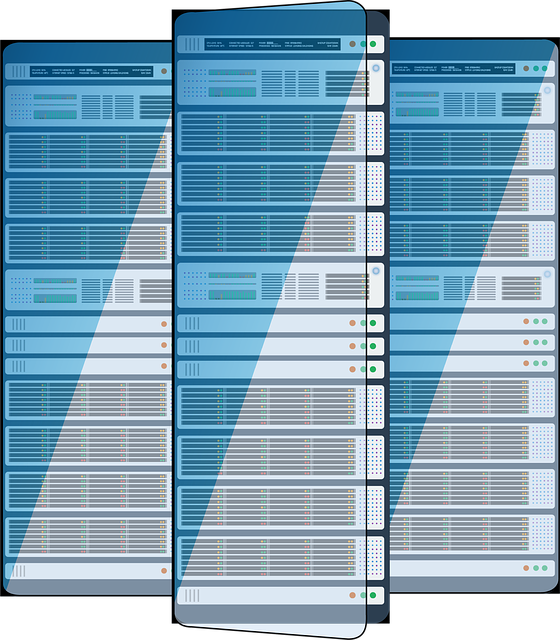Last update at :2024-06-27,Edit by888u
Snail's article a few days ago, "Oneinstack Environment Quickly Deploys Let's Encrypt Pan-Domain Name SSL Certificate", introduced how to configure the pan-analytic SSL certificate in the commonly used Oneinstack one-click WEB environment. Method. At the same time, in the panelless WEB one-click package environment, LNMP is also commonly used by us, and we have seen in Jun Ge’s blog that the new version will be released on Children’s Day (usually a major version update is released on Children’s Day every year) V1.5 will support pan-analytic SSL certificates.
According to the official statement, the current official version V1.4 cannot be installed directly. Either we need to upgrade directly to V1.5, or we need to install the internal beta version V1.5. I have also tested the new version before. Version stability is okay. If we really need to use LNMP pan-resolution SSL, we can also use the new LNMP in the new WEB (experience the installation process and update function of the LNMP one-click installation package V1.5 beta version).
In this article, Snail is testing the V1.5 version installed in the VPS environment, and is ready to experience the tutorial on how to quickly configure Let\\’s Encrypt pan-analytic SSL certificate with one click. From the introduction, we can see that the API DNS interface is also required, and the method of modifying DNS is also supported. We can use whichever of the two we like.
First, use the DNS API interface method
1. Interface parameters
Same here, we need to apply for the DNS API and then enter it into SSH. For example, use DNSPOD API here
export DP_Id=\\”ID\\” export DP_Key=\\”KEY\\”
2. Installation command
lnmp dns dp
Enter the command and start configuration.
As long as our API is correct, it can be installed directly.
Second, use DNS verification
Sometimes we don’t want to use the API because we are worried about security issues. We can directly use DNS to resolve and verify a certain domain name.
1. Generate TXT record
/usr/local/acme.sh/acme.sh –issue -d laobuluo.com –dns \\\\–yes-I-know-dns-manual-mode-enough-go-ahead-please
Here you need to generate the TXT record of the domain name first.
2. Add a site
lnmp dns
Then we can set the corresponding directory of the site according to the prompts and automatically add the SSL certificate.
3. Contract renewal issues
Because manual verification does not support automatic renewal, you need to renew manually.
/usr/local/acme.sh/acme.sh –renew -d example.com \\\\–yes-I-know-dns-manual-mode-enough-go-ahead-please
Red is changed to our own domain name and needs to be manually renewed before the 90 days expire. This is slightly more cumbersome than API automatic renewal.
Finally, it is recommended that if we need to use the LNMP one-click WEB environment to install a pan-analytic SSL certificate, we should use the DNS API to set up automatic installation. The DNS configuration snail test also reported an error. I have not studied the details in detail because automatic renewal is not supported. about.
Recommended site searches: registered domain name, expired registered domain name query, virtual space purchase, corporate email, legendary server rental, Taiwan server rental, Chinese domain name query, domain name query, Hong Kong high-defense server rental, Internet cafe IP address query








发表评论